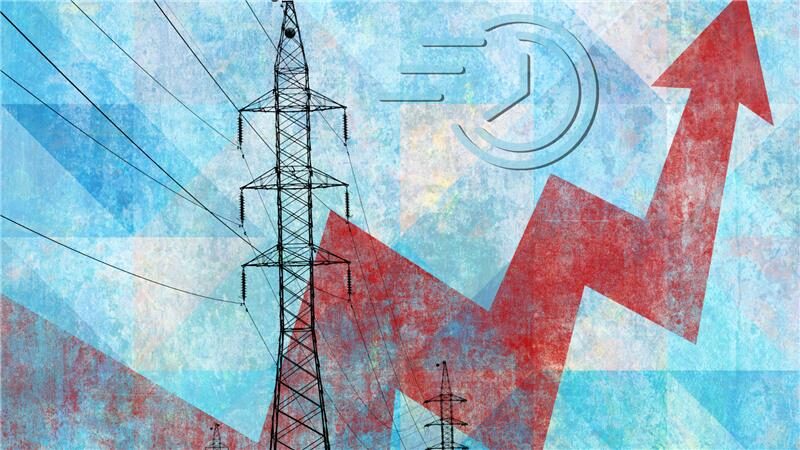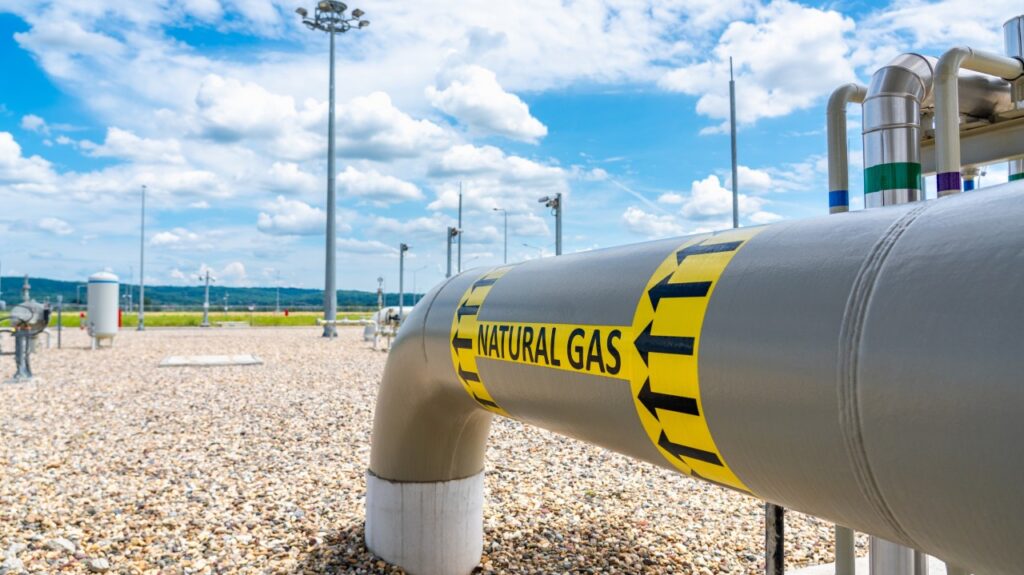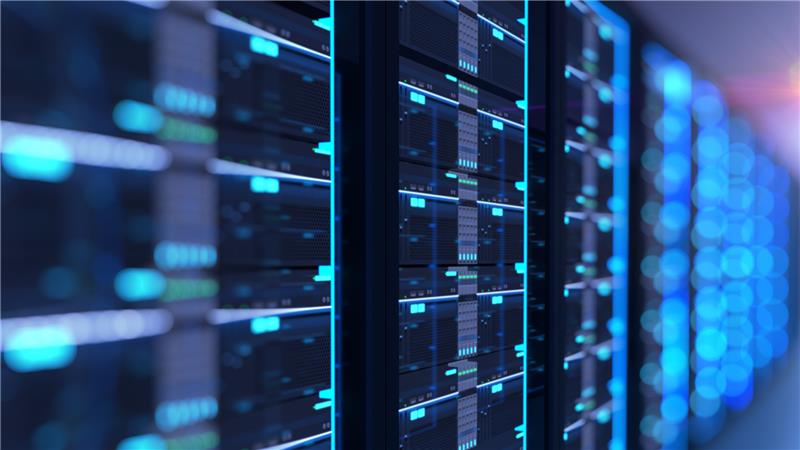Surging demand, swift solution: Grid flexibility with onsite generation

On March 5, 2025, the House Committee on Energy and Commerce Subcommittee on Energy held a hearing to address the challenges of meeting rising power demand. With unprecedented load growth upon us, James Huang shares his perspective on navigating this critical period.
Data centers and energy infrastructure: Building resiliency with strategic site selection

Data centers depend on reliable, continuous power to ensure uninterrupted operations, making energy infrastructure a key consideration during site selection. Proper due diligence must begin well before land is purchased.
AI’s power gridlock: A collaborative approach to data center energy challenges

The rapid rise of artificial intelligence (AI) applications and their massive energy demands have created an urgent power gridlock problem (pun intended!). As a result, data centers, particularly hyperscale facilities powering AI systems, now require unprecedented electricity consumption rates.
Understanding the C-Suite’s Perspective on Electrical Resiliency
I frequently interact with our customers’ executive leadership teams, which helps me gain a better understanding of their business goals and strategies for avoiding unplanned power outages. Of course, any member of the C-suite understands the crucial need to maintain operations—keeping their pharmacies open, minimizing cold-storage losses, and ensuring the community has everything they need during emergencies.
How RNG can shape the future of clean, sustainable energy
I recently attended a conference focused on promoting the reliability, sustainability, and economic benefits of renewable natural gas (RNG) as a practical alternative to traditional fossil fuels. Industry leaders and experts explored key issues like policy requirements, competition in relevant markets, and maximizing revenue to encourage the development, deployment, and utilization of RNG.
Healthcare needs continuous, full-facility power protection
Talk with almost any healthcare or senior care executive about emergency backup power, and the conversation will invariably turn to Hurricane Irma in 2017. In that case, patients at a nursing facility in Florida were left in sweltering heat due to power outages and the lack of functioning backup power for the air conditioning system, resulting in several deaths that could have been avoided.
Power Outages Beyond Weather: The Changing Energy Landscape
Cities and businesses across the United States are increasingly going dark at the worst moments, creating adverse conditions for critical infrastructure. Although weather is commonly identified as the primary culprit for power outages, several underlying causes also contribute to the growing prevalence of blackouts – aging power infrastructure, malicious hackers, and even physical attacks are also threatening the nation’s energy security.
Food Waste to Fuel: The Value of RNG
The extent of food waste in our society is an increasing problem for one of our most valuable resources. Approximately one-third of the world’s food supply is wasted each year, around 40% in the United States alone, creating consequences that impact the environment, public health, and the economy.
Balancing Power Reliability and Sustainability: A Must for Modern Hospitals
Between extreme weather events, cyber-attacks, and aging electrical infrastructure, grid outages have never been more frequent and varied. As a result, it’s become necessary for hospitals to hedge against disruption with backup power solutions, especially as outages can be unpredictable, expensive, and, most importantly, life-threatening.
How and Why the Military is a Leader on Microgrids
The United States (US) Department of Defense (DoD) has long recognized that its dependence on outdated and unreliable energy infrastructure poses a risk to its military. This problem has been exacerbated in recent years, with power outages becoming more frequent, disruptive, and costly.
